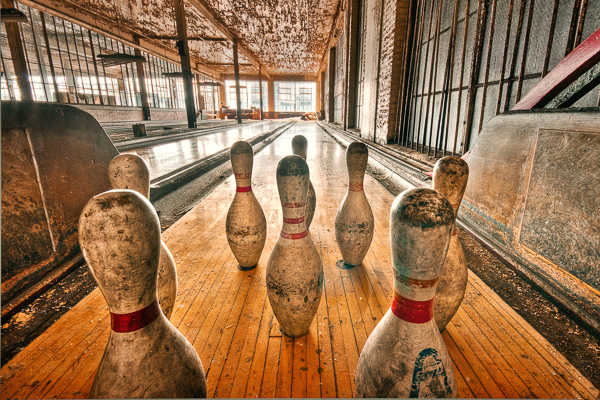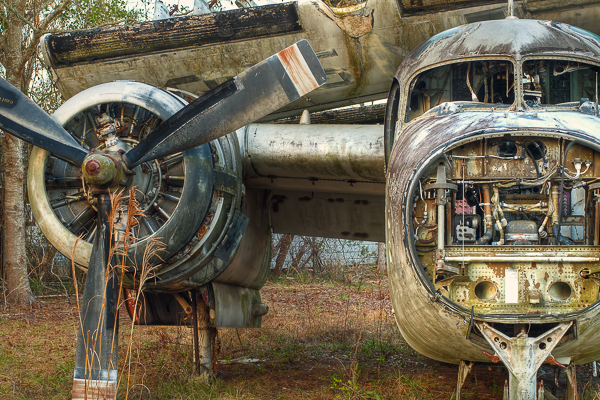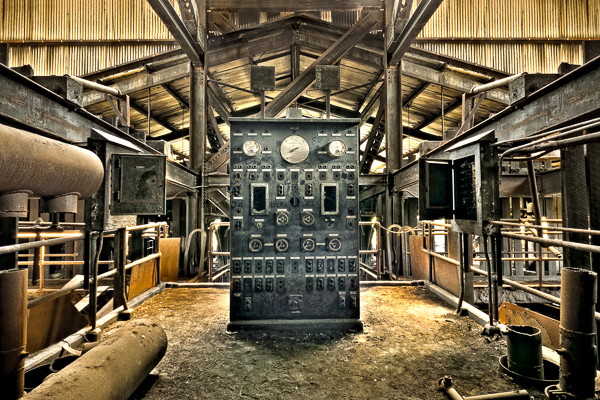Share
In Defense of HDR
Photo by Walter Arnold Fine art photographer Walter Arnold knows what they say about High Dynamic Range photography – that it’s overdone, blown...

Fine art photographer Walter Arnold knows what they say about High Dynamic Range photography – that it’s overdone, blown out, wacked out, evil, and even seizure-inducing (yes, that claim has been made by some). Not to mention the commonly made statement, “it just makes bad photos – and photographers – look good.”
Say what you will, but Walter is making the majority of his living selling limited edition fine art images on metal – and yes, many are HDR. So that means there is an audience out there that not only appreciates but is willing to pay for photos “treated” with HDR.
“Some photographers think that HDR will automatically make their images ‘good’ or interesting, and that’s where HDR gets part of its bad name,” says Walter.
Understand the Real Definition
For those who need a refresher, HDR photographs are created by combining multiple exposures into an image that has a greater range of light than a single image ever could. “Essentially you want to capture enough images so that you get all the details in both the highlights and shadows,” Walter explains.
From there, you can merge your images using any number of photo editing programs (the most popular is Photoshop, but Photomatix, Nik HDRefx, HDR Exposure, and LR Enfuse are also used). Walter likes to use one of the tone mapping programs as a starting point – or “intermediary HDR image,” as he says – and then use Lightroom and Photoshop to finalize the images.
Ask Yourself: Over-Styled or Art?
It should be said that Walter doesn’t believe in HDR as a “style” of photography, but rather “a tool that can be used in various situations when the need or desire to capture a larger range of light is necessary.”
So why all the negativity? First of all, there are a lot of amateur photographers using HDR to produce so-called “professional” images. “I think new photographers see HDR as this new and different technique, and run out to buy a DSLR, and instead of learning and understanding their gear they get caught up in the software,” says Walter. “Then as a result we see sites like Flickr filled with mediocre or bad HDR images. Not all of my work is HDR – I use the technique when it’s needed, and not as a blanket solution for every scene. ”
And then there are the purists. “Some photographers claim that the only ‘true’ photography is images that are perfectly created in-camera with no adjustments in post-production,” he says. “This is true to the extent that you must always begin with the best quality image that you can get. But I disagree that you should never alter the image in post-production. After all, isn’t that what many photographers, like Ansel Adams, did in the film and silver print days?”
Photography is a mechanical and technological process, and photographers have always pursued advancements in technology, cameras, lenses, film, paper, and chemistry. Walter argues that software processing is simply another advancement.
On top of that, Walter sees his photography as an art form, and since when isn’t art subjective? “You’re always going to have one crowd that loves and one that hates it,” he says. “The discussion should be less about less about the process and more about the end result. Just because an image has been altered does not disqualify it as being art – or a legitimate photograph.”
See It From the Buyer’s Perspective
“As a business man I have to ask myself, ‘Who is my client?’ As long as I am producing works that appeal to fans, followers, and art collectors, then I am doing my job properly.”
As the tireless debate rages on, Walter will continue his series “The Art of Abandonment” where he’s exploring old, historic, and abandoned locations. After shooting he spends up to 10 hours in post-production, and relishes the small details that end up taking center stage.
Walter does have one last observation for the anti-HDR contingent, though: “If you HDR a boring or poorly composed scene, nothing changes,” says Walter. “You have to start with a good eye, good composition, and a scene that brings the viewer in and tells a story to them.”
And any respectable photographer should be able to agree with that.









